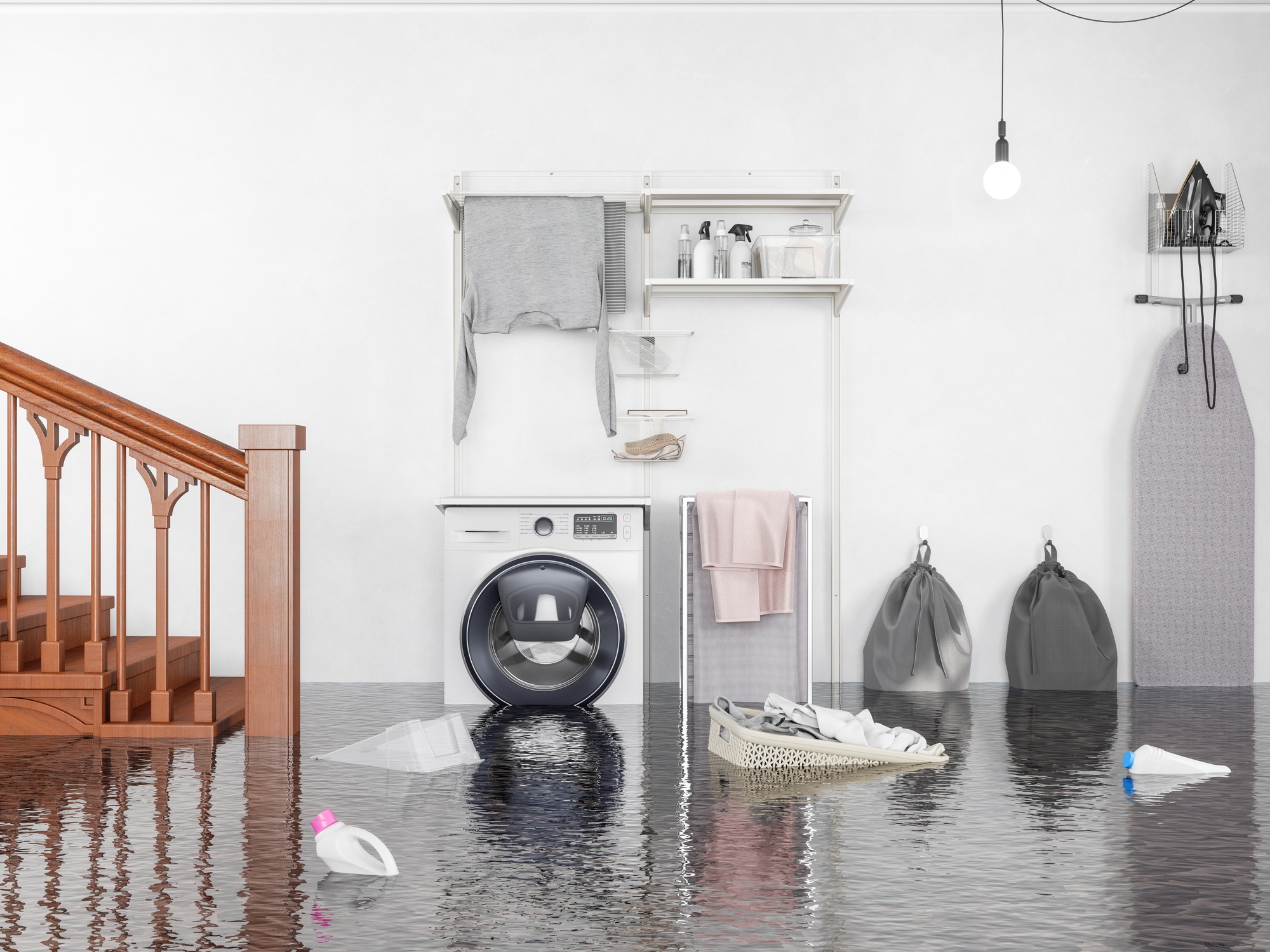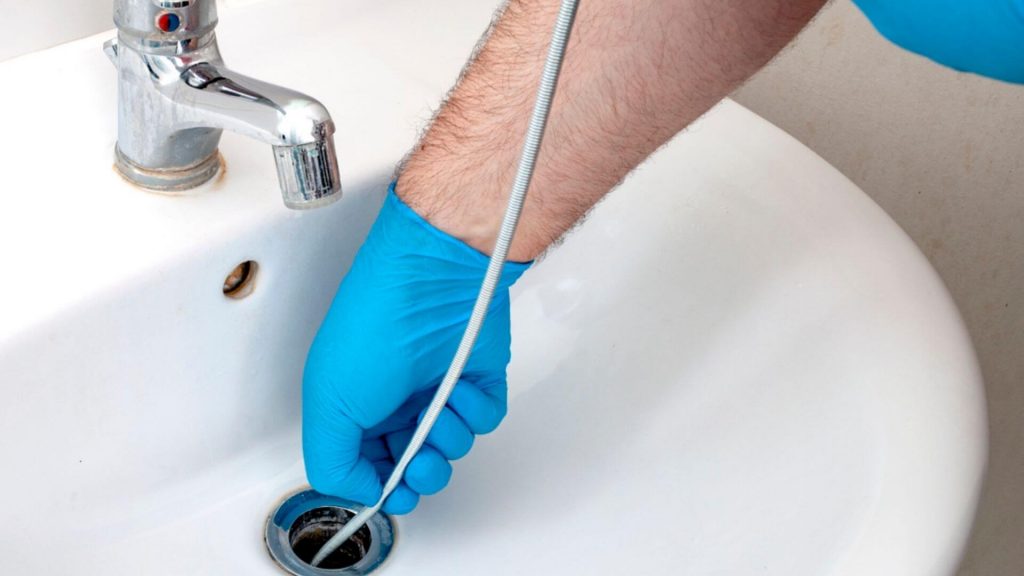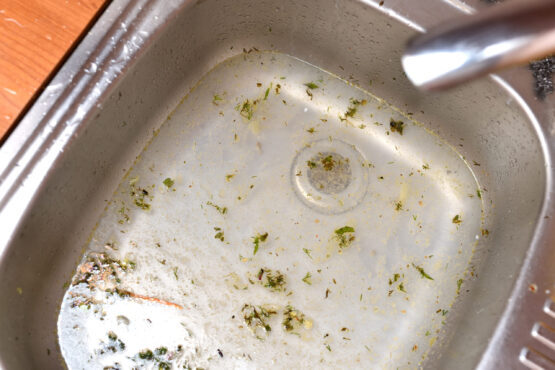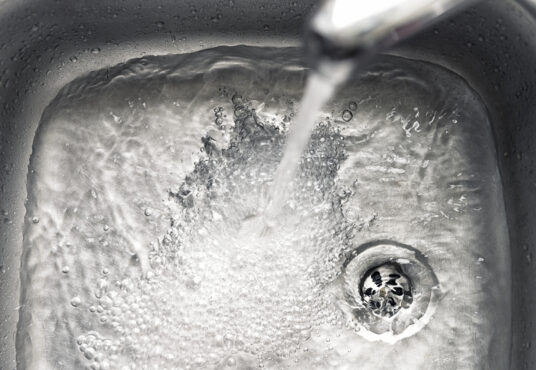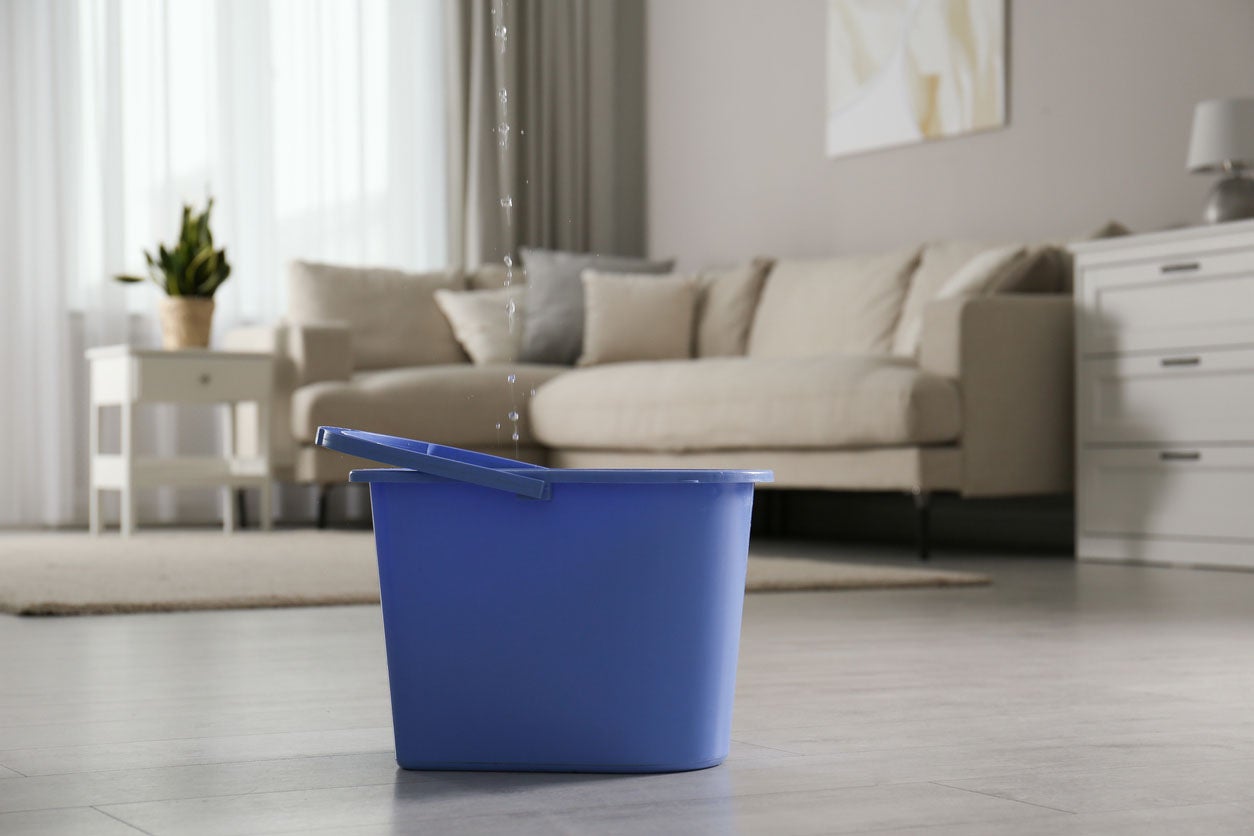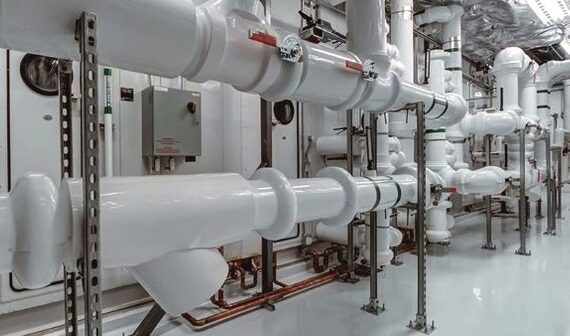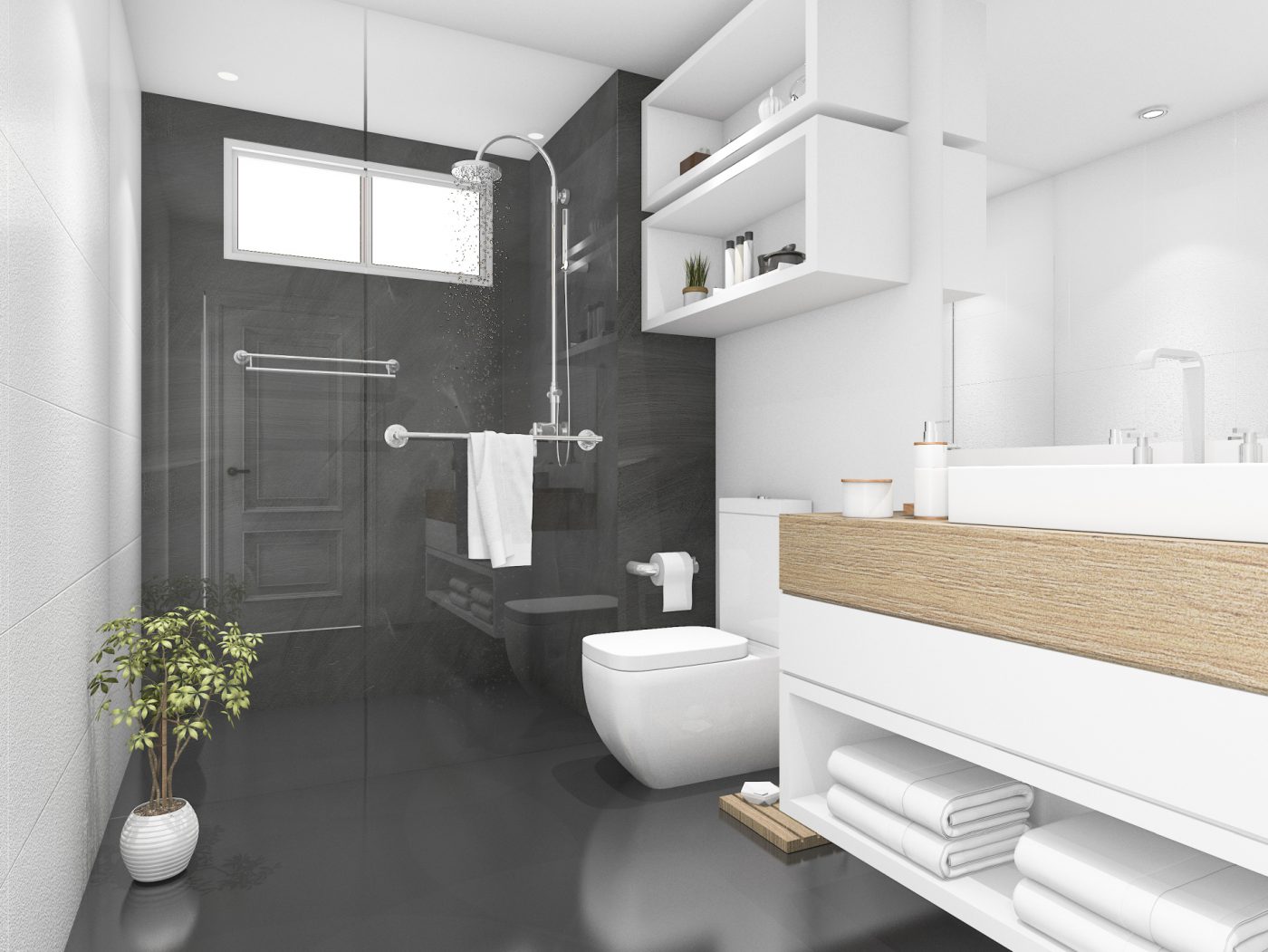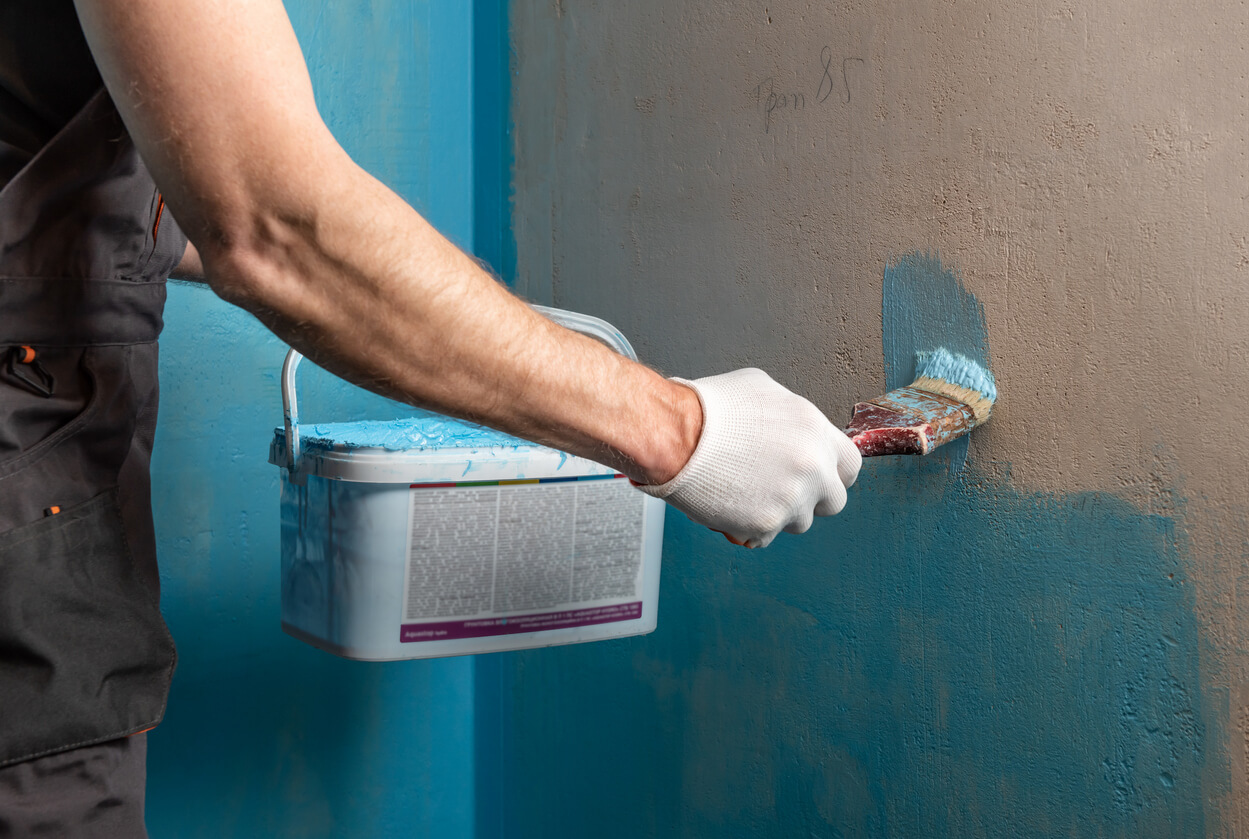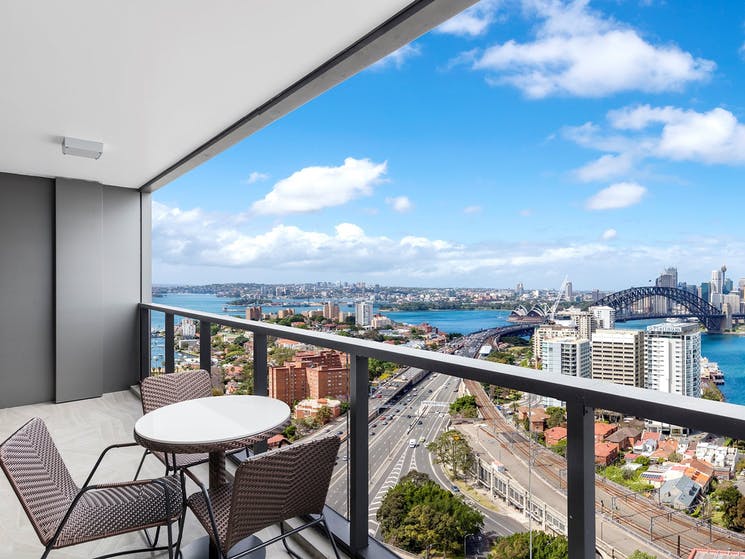The recent rain and flooding that has been lashing the east coast has left many of us wondering what to do when the house floods. There are a few key things you need to know about negotiating extreme weather and flood waters in your home.
Safety first
The first rule (and you knew this is coming) is avoid driving through dangerous floodwaters. Next, if you can, keep your finger on the pulse with your local authorities; they’ll let you know if your area is going to be inundated and give you an opportunity to evacuate while it’s safe.
Before the water
There are few simple things you can do to try to mitigate the damage before it comes:
- Move as much of your stuff as high as possible to avoid water damage
- Turn off your electricity, gas and water
- Put sandbags in the toilet bowl and over drains to stop sewage back-flow
- Make sure your external drains and gutters are unobstructed to allow as much water as possible to exit
- Finally, turn off all electrical devices at the wall, and most importantly, do your best to isolate the air conditioning and hot water systems to avoid future damage.
After the water
When you’ve been given the go-ahead to return to your place, it’s time to get to work.
The first rule of getting your home sorted is to remove all the debris and everything water damaged. This means your carpets, your furniture and anything that has taken on water has got to go. This is the best way to avoid ongoing mould problems and further water damage.
The aim of the game is to get your place as dry as possible, and the best way to do this is with all the industrial fans, humidifiers and heaters you can get your hands on.
Don’t forget to document everything you get rid of, and all damage incurred and get intouch with your insurance company to begin the process of a flood-related claim.
Check your waterproofing and drainage
Particularly if your house is cut into a hill or has a subsoil basement area, your waterproofing may need to be checked to make sure it’s doing its job. STS can do a thorough investigation of your subsoil waterproofing, as well as any other wet areas to ensure your house doesn’t experience structural damage, rising damp and mould problems after the flood waters have receded.
Next, and especially if you’ve had problems in the past even with a small amount of water, it’s a good idea to make sure you have adequate drainage around your house. We can help with investigating blocked drains both inside and out, and have the latest gear to help diagnose the problem accurately and efficiently.
Stay safe in these crazy conditions and get in touch with us if we can help you with any of your plumbing needs like fixing broken pipes or repairing your hot water system. Remember to keep up to date with the latest information on flood water via the links below.
